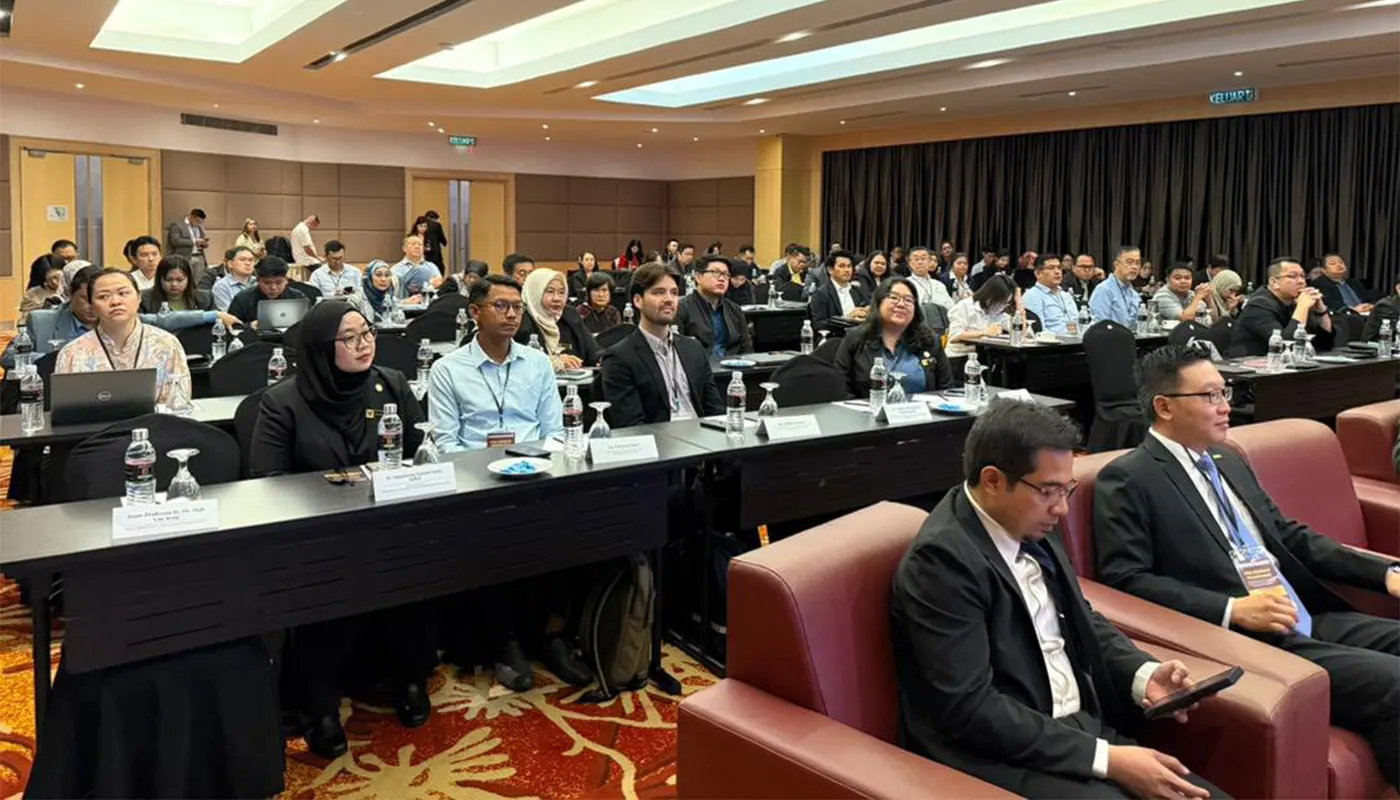KUCHING — A comprehensive and technology-based approach is urgently needed to manage natural disaster risks in Sarawak, particularly floods, landslides, and lightning incidents (FLIRT), said Deputy Permanent Secretary of the Ministry of Public Health, Housing and Local Government (MPHLG), Desmond Douglas Jerukan.
Speaking at the Seminar on Improving Flood Control in Stormwater Systems for Sarawak: Current Status, Challenges and Capabilities held at the Imperial Hotel on Saturday, Desmond highlighted the growing need for an effective, real-time and data-driven disaster response system in the state.
Drawing from personal experience, Desmond recalled major incidents that demonstrated the inadequacies of conventional disaster response. “While serving as an area officer in Tubau, I experienced the flood at SK Bukit, a school situated on a hill. And in Sri Aman during the 2010 floods, we had to report updates every hour to state and federal authorities, which highlighted the limitations of manual reporting systems,” he said.
As Sarawak nears the end of the 12th Malaysia Plan (12MP) and prepares for the 13th Malaysia Plan (13MP), Desmond stressed that disaster risk reduction and community resilience must become central elements of future development strategies.
“This seminar is timely. The knowledge and recommendations shared today can help shape practical solutions for inclusion in the 13MP, focusing not only on flood mitigation but on strengthening the social and economic well-being of the population,” he added.
He urged all stakeholders to adopt a holistic view of flood and disaster control—beyond just technical aspects—to encompass environmental protection and sustainable development.
The one-day seminar, jointly organised by MPHLG and strategic partners, brought together stakeholders from the Sarawak Economic Planning Unit (EPU), technical agencies, local authorities, and industry experts.
Discussions centred on hydrological modelling, technological innovation, and collaboration between public and private sectors to improve stormwater drainage systems and disaster response capabilities across Sarawak.
As climate patterns grow increasingly erratic, Sarawak’s need for a robust and forward-thinking disaster management framework has become more critical than ever.






